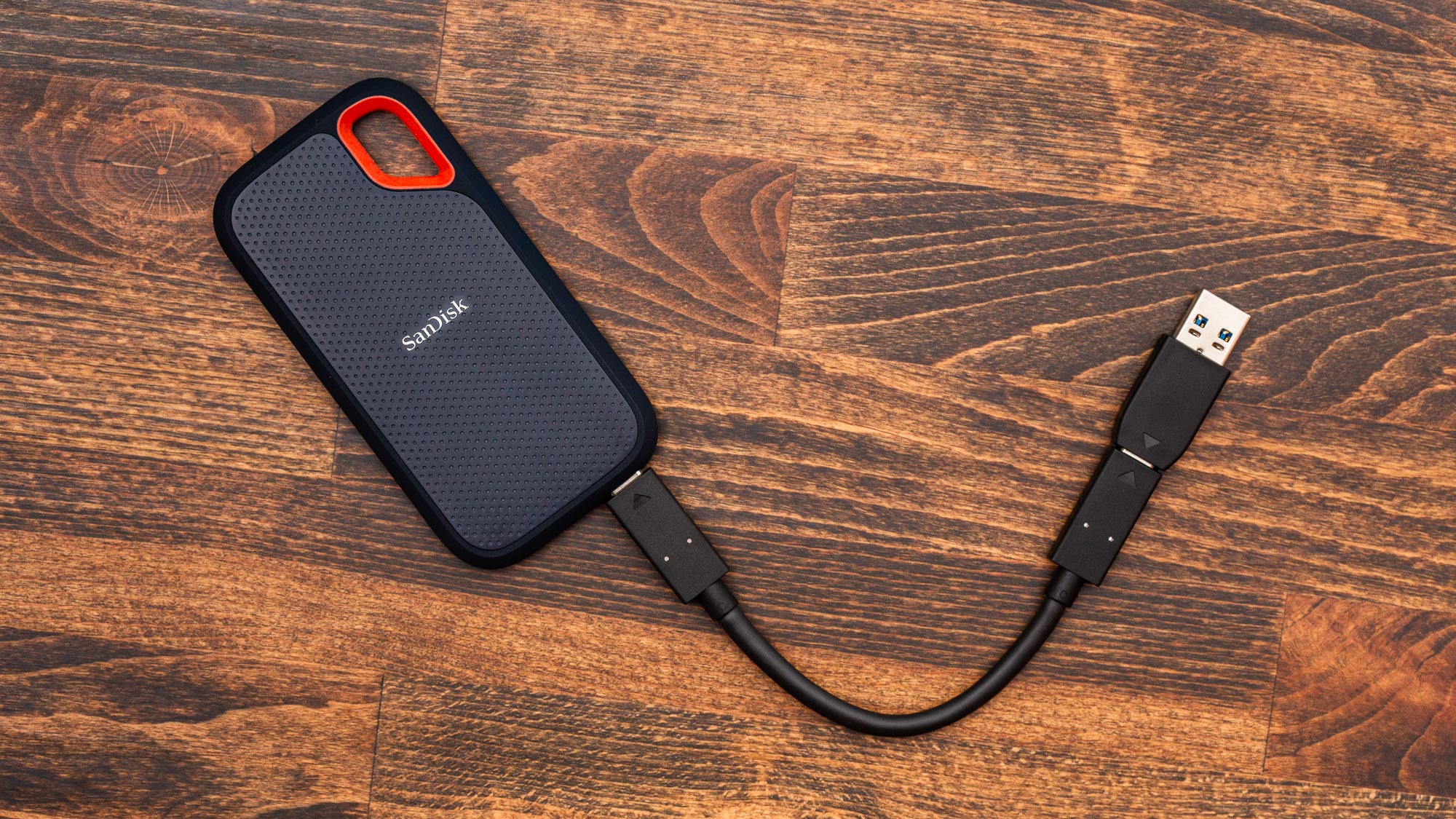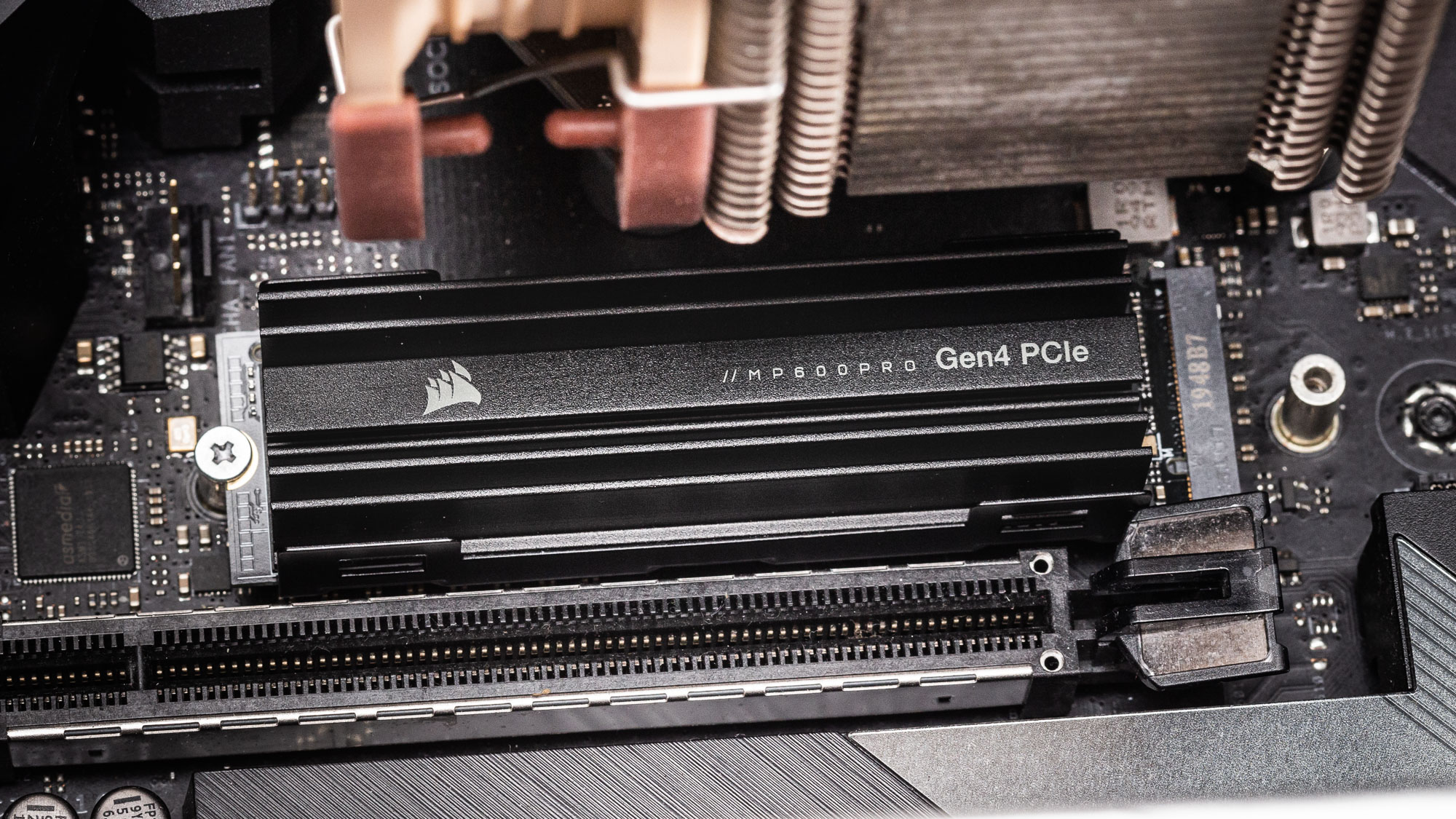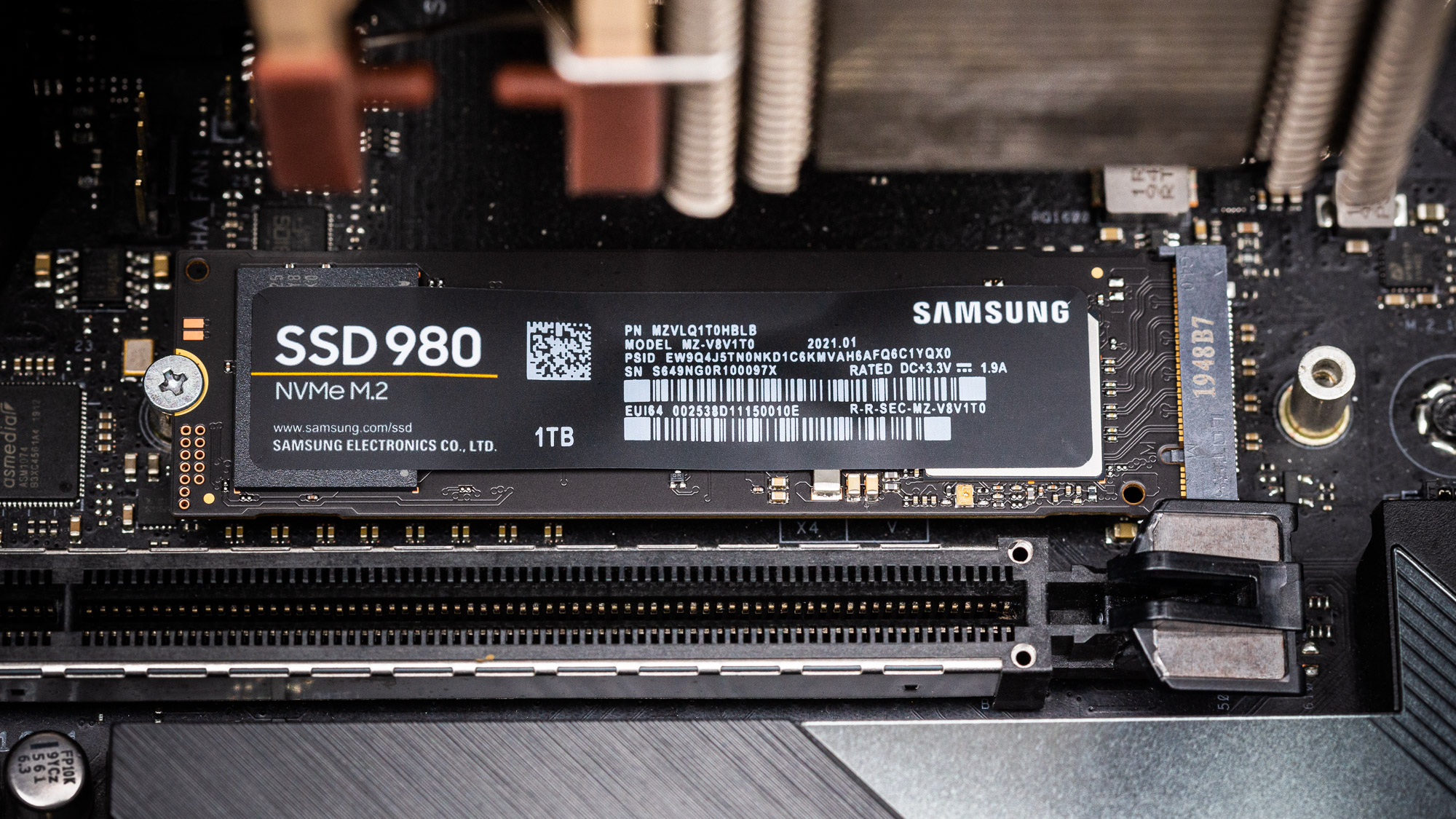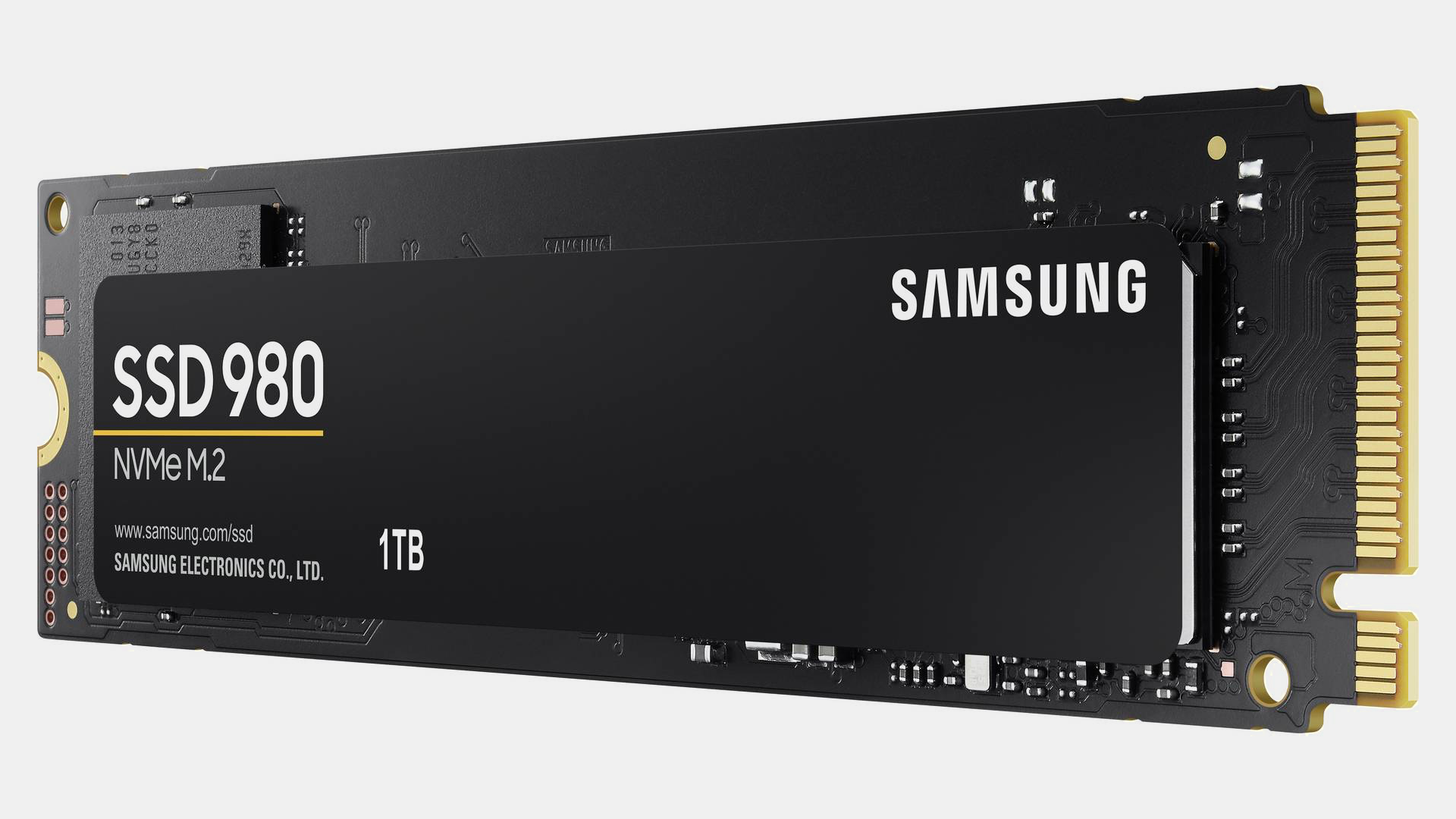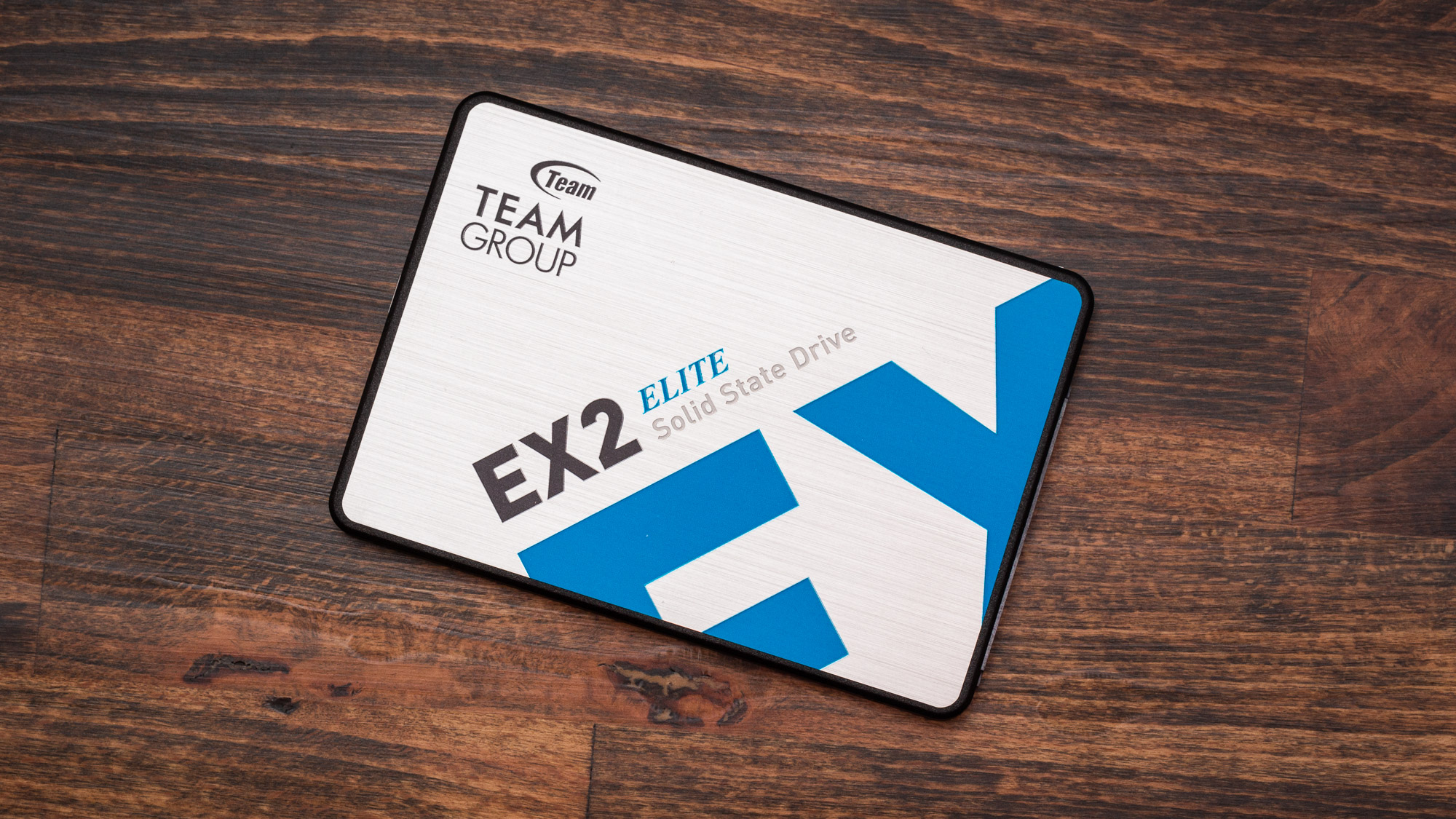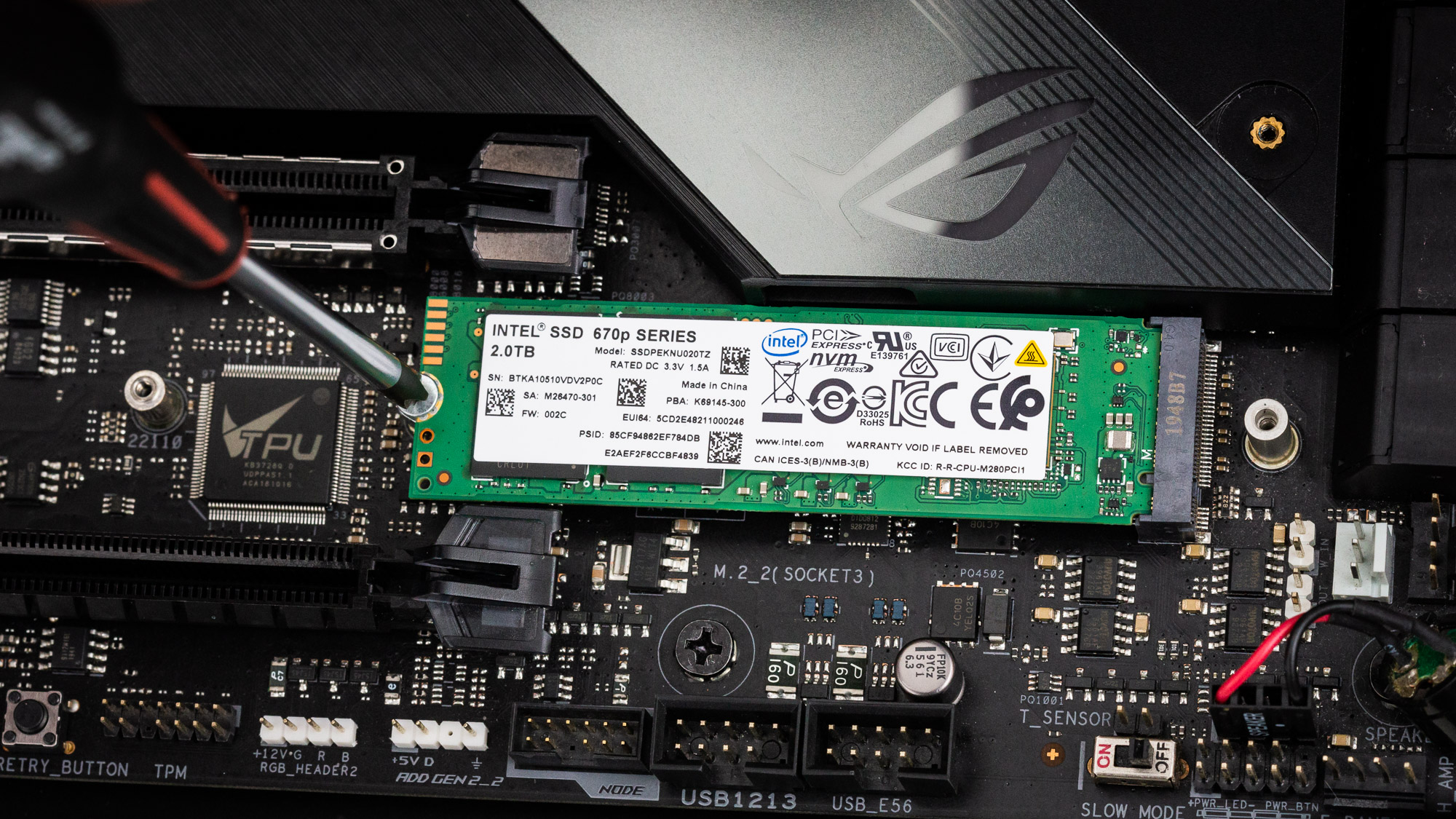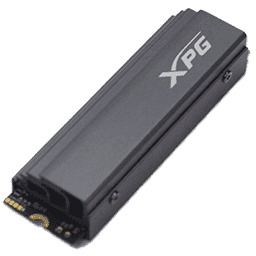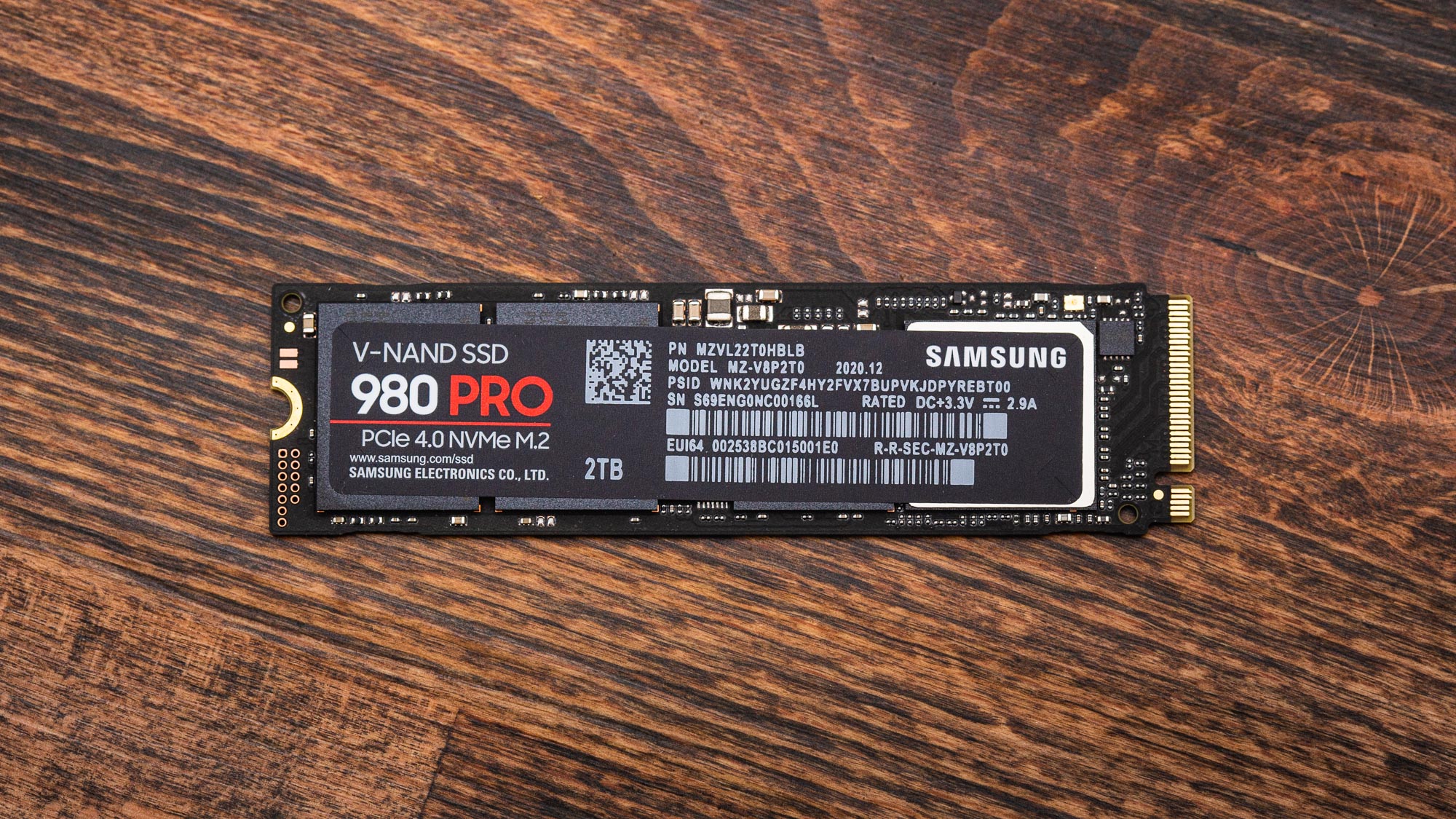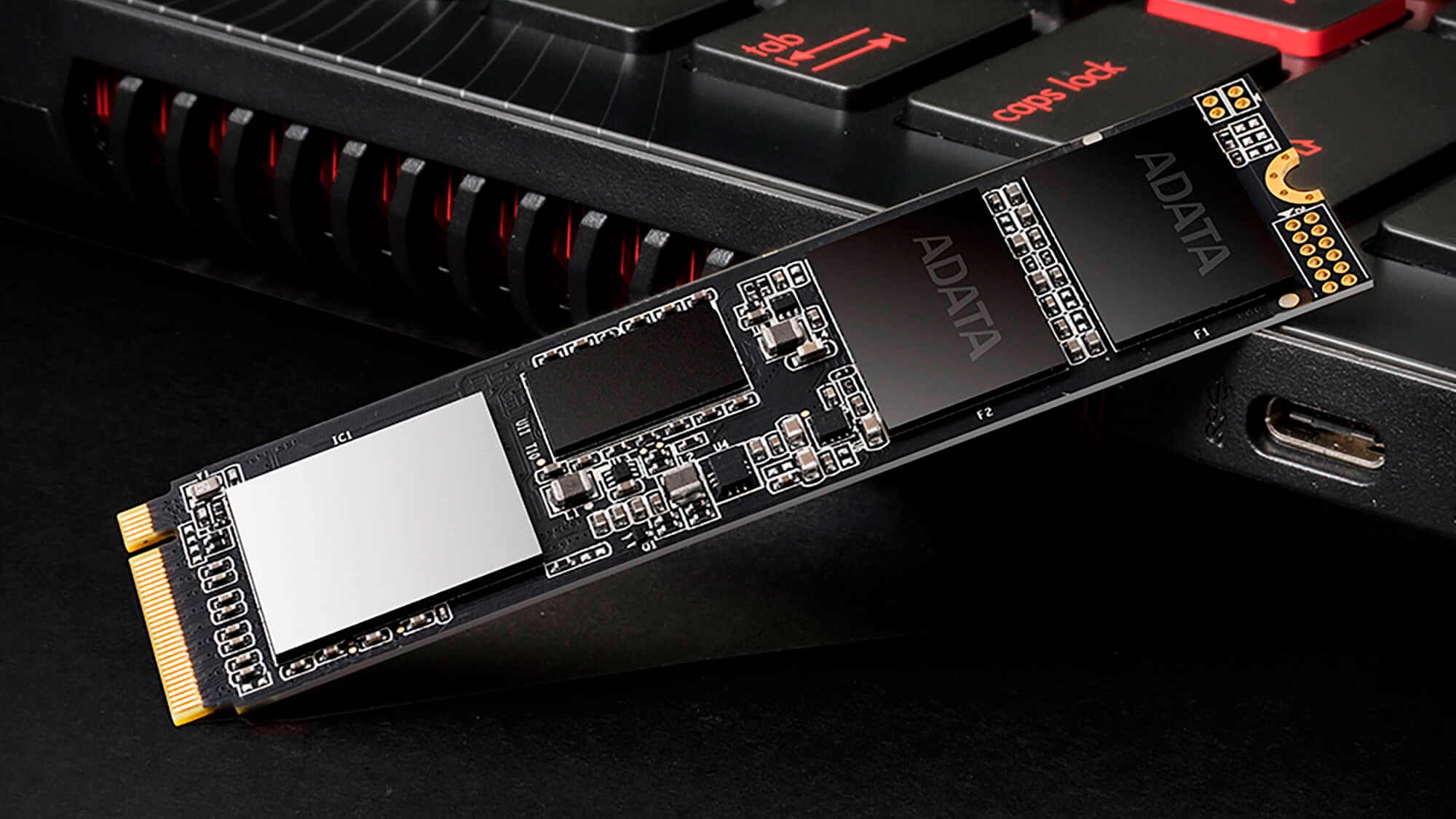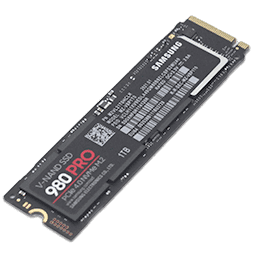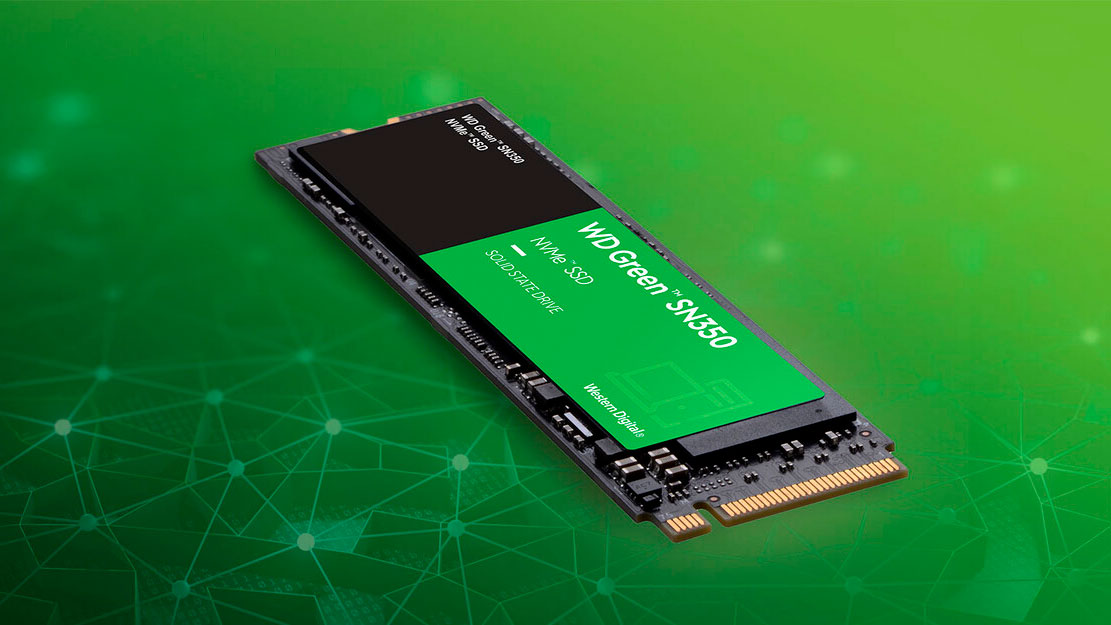Our Verdict
SanDisk’s Extreme v2 packs double the performance of the original and ups the security with hardware-accelerated full disk encryption. This, along with a durable design and five-year warranty, makes the Extreme v2 one of the best 10 GBps NVMe portable SSD for content creators on the go.
For
- Competitive and consistent performance
- AES 256-bit Full Disk Encryption
- Weather-resistant
- Durable, grippy finish
- 5-year warranty
Against
- No power indicator
- Short cable for desktop use
Features and Specifications
Leveraging a USB 3.2 Gen 2 interface, WD’s Blue SN550E SSD, and a now-iconic design, SanDisk’s Extreme v2 is a great performing portable SSD that’s built secure and to endure the elements. Reasonably priced, it compares well in today’s market and is easy to recommend.
With an already award-winning and durable design, SanDisk’s focus for the Extreme v2 was to improve on what works, rather than start from scratch. Most of the changes in the v2 are internal rather than external. The company kept the old shell, scaling it up a little to account for faster NVMe-supporting hardware, and upping the performance from 5 Gbps to 10 Gbps to enable rapid data backups or reading when on the move.
SanDisk also upgraded the security significantly. No longer will you have to await the slow transfer speeds associated with the company’s old 128-bit software encryption. The AES 256-bit hardware-accelerated encryption support enables simple to use password security, making the SSD a good fit for those who carry sensitive data around with them.
Specifications
| Product | Extreme v2 500GB | Extreme v2 1TB | Extreme v2 2TB | Extreme v2 4TB |
|---|---|---|---|---|
| Pricing | $94.99 | $159.99 | $309.99 | $699.99 |
| Capacity (User / Raw) | 500GB / 512GB | 1000GB / 1024GB | 2000GB / 2048GB | 2000GB / 2048GB |
| Interface / Protocol | USB-C / USB 3.2 Gen 2 | USB-C / USB 3.2 Gen 2 | USB-C / USB 3.2 Gen 2 | USB-C / USB 3.2 Gen 2 |
| Included | USB Type-C cable and USB Type-A adapter | USB Type-C cable and USB Type-A adapter | USB Type-C cable and USB Type-A adapter | USB Type-C cable and USB Type-A adapter |
| Sequential Read | 1,050 MBps | 1,050 MBps | 1,050 MBps | 1,050 MBps |
| Sequential Write | 1,000 MBps | 1,000 MBps | 1,000 MBps | 1,000 MBps |
| Interface Controller | ASMedia ASM2362 | ASMedia ASM2362 | ASMedia ASM2362 | ASMedia ASM2362 |
| NAND Controller | WD Architecture | WD Architecture | WD Architecture | WD Architecture |
| DRAM | DRAMless | DRAMless | DRAMless | DRAMless |
| Storage Media | WD 96L TLC | WD 96L TLC | WD 96L TLC | WD 96L TLC |
| Default File System | exFAT | exFAT | exFAT | exFAT |
| Endurance | “IP55 water-dust resistant; 2-meter drop protection” | “IP55 water-dust resistant; 2-meter drop protection” | “IP55 water-dust resistant; 2-meter drop protection” | “IP55 water-dust resistant; 2-meter drop protection” |
| Security | AES 256-bit hardware encryption | AES 256-bit hardware encryption | AES 256-bit hardware encryption | AES 256-bit hardware encryption |
| Dimensions (L x W x H) | 101 x 52 x 9 mm | 101 x 52 x 9 mm | 101 x 52 x 9 mm | 101 x 52 x 9 mm |
| Weight | 63 g | 63 g | 63 g | 63 g |
| Part Number | SDSSDE61-500G-G25 | SDSSDE61-1T00-G25 | SDSSDE61-2T00-G25 | SDSSDE61-4T00-G25 |
| Warranty | 5-Years | 5-Years | 5-Years | 5-Years |
SanDisk’s Extreme v2 comes in capacities of 500GB, 1TB, 2TB, and 4TB, with prices ranging from $0.15-$0.19 per GB. Rated for up to 1,050/1,000 MBps read/write, the SanDisk Extreme v2 can deliver some very responsive performance, but these are peak figures. Due to a small static SLC cache, the Extreme v2 will degrade to direct-to-TLC speeds quickly. The smallest capacity will suffer the most. However, while not bus saturating, sustained performance will remain reasonable with the 1TB and 2TB models.
SanDisk’s Extreme v2 comes with an IP55 rating, AES 256-bit hardware encryption support, and a long warranty to ease concerns when traveling with your storage. The Extreme v2 has been tested to withstand water flow at a rate of 30kPa for three minutes, and dust contact does not interfere with operation. On top of this, SanDisk backs the Extreme v2 with a longer five-year warranty over its predecessor’s three-year warranty.
Software and Accessories
Image 1 of 3
Image 2 of 3
Image 3 of 3
The Extreme v2 comes with a short 6-inch USB Type-C cable and a 1-inch long Type-C to Type-A adapter. It also comes with encryption management software to quickly set up a password to secure your data.
A Closer Look
Image 1 of 4
Image 2 of 4
Image 3 of 4
Image 4 of 4
SanDisk’s Extreme v2 is a bit bigger than the original, measuring 101 x 52 x 9 mm and weighing in at under 63 grams. With a carabiner loop integrated and a durable silicone coating, the Extreme v2 features a functional, portable, and enduring design for those on the move in tough conditions. But unlike the Extreme Pro, the Extreme v2’s case and internal structure is made of plastic rather than rigid aluminum. This makes for a small and compact design that is also pretty light, but a little less resistant to twists and bending.
The company opted for an ASMedia ASM2362 USB 3.2 Gen 2 to PCIe 3.0 x2 bridge chip in the design, similar to the company’s WD My Passport SSD. Integration of a near full-length strip of thermal tape between the WD Blue SN550E drive and the front cover aids in maintaining cool operation. Both the SSD and the ASMedia ASM2362 support active-state power management and therefore will scale down power consumption when at idle and help reduce overall heat. It also supports thermal throttling, prioritizing data integrity over performance in high-temperature conditions.
Image 1 of 2
Image 2 of 2
WD’s Blue SN550E is the company’s external-optimized SN550 Blue variant. It leverages a 4-channel DRAMless NVMe 1.3-compliant SSD controller with a multi-gear Low-Density Parity-Check (LDPC) ECC. While this SSD lacks DRAM for caching the FTL mapping table, it leverages internal SRAM to help optimize metadata updates. The SSD’s hardware also supports Trim when formatted via a supported file system such as NTFS, helping aid performance consistency over the device’s lifespan.
The controller interfaces with sixteen dies of WD’s BiCS4 96L TLC flash. This NAND measures 512Gb in density and features a 2-plane architecture, half the plane count of most of Micron’s 96L TLC, and operates at speeds of up to 800 MTps. While it features half the plane count of the competition, WD implements advanced algorithms to optimize both SLC and direct-to-TLC performance.
MORE: Best SSDs
MORE: How We Test HDDs And SSDs
MORE: All SSD Content
Current page:
Features and Specifications
Next Page 1TB Performance Results
